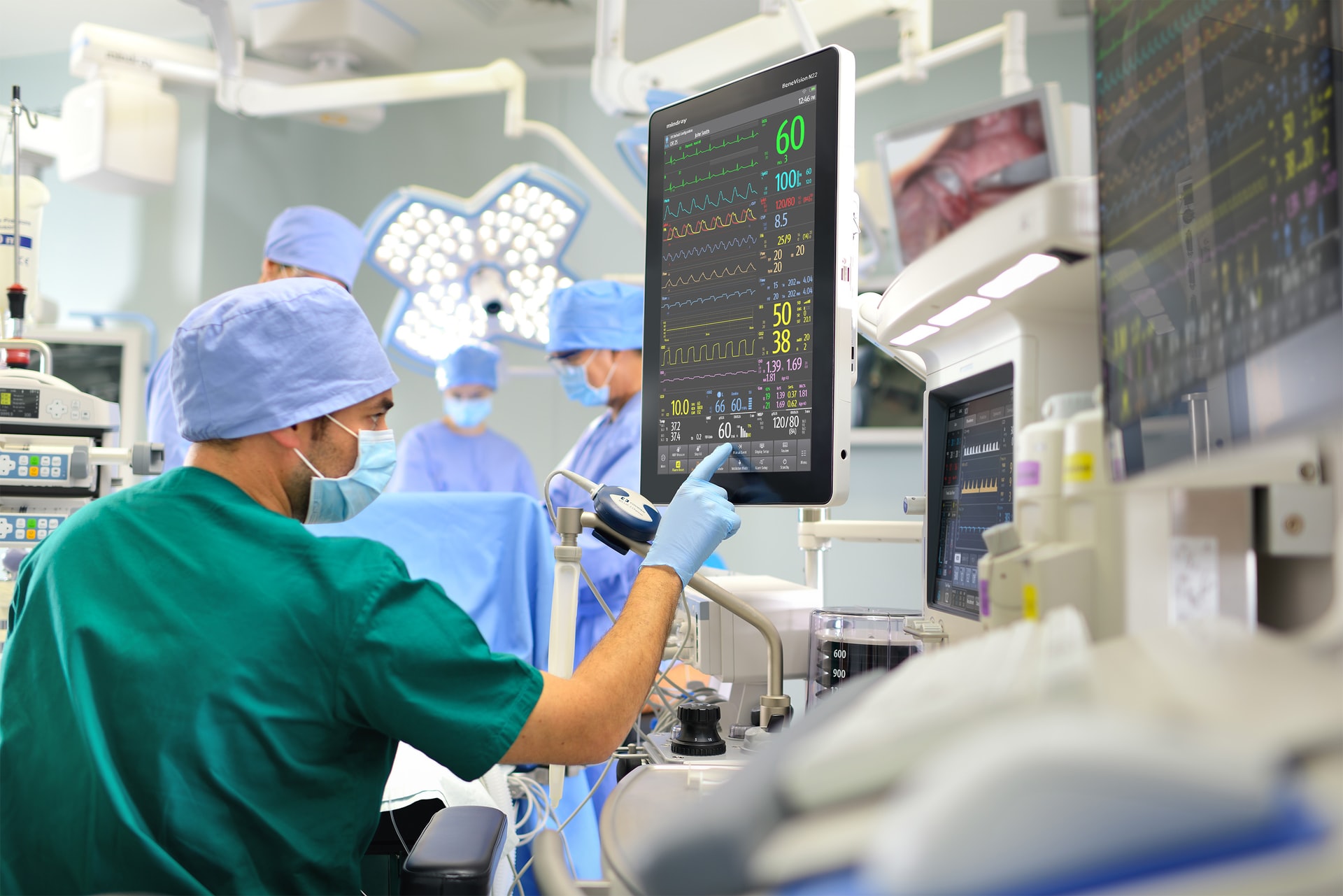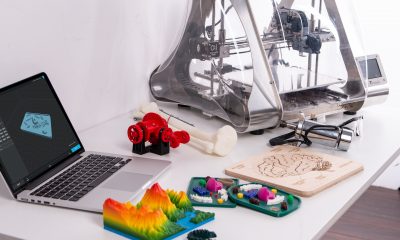In a groundbreaking initiative, cutting-edge medical technologies initially developed for professional athletes are now being adapted for pediatric use, heralding a new era in children’s sports medicine. This initiative aims to provide young athletes with the same level of medical care and injury prevention that their professional counterparts receive, potentially transforming the landscape of youth sports.
The Genesis of Advanced Pediatric Sports Medicine
The origins of this movement can be traced back to a growing awareness of the long-term impact of sports injuries on children. As youth sports have become increasingly competitive, the incidence of injuries has risen, prompting medical professionals and sports organizations to seek more effective prevention and treatment strategies. According to the Centers for Disease Control and Prevention (CDC), sports-related injuries are a leading cause of emergency room visits for children and adolescents in the United States.
Professional sports leagues have long been at the forefront of medical technology, investing heavily in innovations to keep their athletes in peak condition. Technologies such as advanced imaging, biomechanical analysis, and personalized rehabilitation programs have significantly reduced recovery times and enhanced performance. Recognizing the potential benefits for younger athletes, a consortium of pediatricians, sports medicine specialists, and technology developers has embarked on a mission to adapt these technologies for use in youth sports programs.
Key Technologies Making the Transition
One of the most significant technologies being adapted is advanced imaging. Magnetic resonance imaging (MRI) and computed tomography (CT) scans have revolutionized the diagnosis and management of sports injuries. In professional sports, these imaging techniques are used not only to diagnose injuries but also to monitor recovery and prevent re-injury. The American College of Radiology emphasizes the importance of imaging in sports medicine, highlighting its role in providing precise, detailed information about musculoskeletal injuries.
For young athletes, access to such advanced imaging can be a game-changer. Early and accurate diagnosis of injuries like stress fractures, ligament tears, and soft tissue damage can significantly improve outcomes. Dr. Jane Smith, a pediatric sports medicine specialist, notes, “By utilizing the same imaging technologies used in professional sports, we can provide children with more accurate diagnoses and tailored treatment plans, reducing recovery times and preventing chronic issues.”
Biomechanical Analysis: A Game-Changer for Injury Prevention
Another critical technology being adapted for pediatric use is biomechanical analysis. In professional sports, athletes undergo detailed biomechanical assessments to identify movement patterns that may predispose them to injury. By analyzing factors such as gait, joint angles, and muscle activation, sports scientists can develop personalized training programs to correct these patterns and reduce injury risk.
For children, whose bodies are still developing, biomechanical analysis can be particularly beneficial. Incorrect movement patterns can lead to injuries that may affect growth and development. By identifying and addressing these patterns early, healthcare providers can help young athletes build a solid foundation for a lifetime of healthy activity. The National Institutes of Health (NIH) has highlighted the importance of biomechanics in understanding and preventing injuries, underscoring its potential impact on pediatric sports medicine.
Personalized Rehabilitation: Bringing Pro-Level Care to Kids
Personalized rehabilitation programs are another hallmark of professional sports medicine being introduced to pediatric care. These programs are tailored to the specific needs of each athlete, incorporating elements such as physical therapy, strength training, and nutritional counseling. In professional sports, such individualized approaches have been shown to accelerate recovery and enhance performance.
For young athletes, personalized rehabilitation can provide significant advantages. Dr. Michael Johnson, a leading expert in pediatric rehabilitation, explains, “Children’s bodies respond differently to injury and recovery compared to adults. By tailoring rehabilitation programs to their unique needs, we can optimize healing and help them return to their activities stronger and more resilient.”
Wearable Technology: Monitoring and Enhancing Performance
Wearable technology, another staple of professional sports, is also making its way into pediatric care. Devices that monitor heart rate, movement, and other physiological parameters can provide valuable data for managing training loads and preventing overuse injuries. In professional sports, wearables have become indispensable tools for tracking athlete performance and health in real time.
Incorporating wearable technology into youth sports programs can offer similar benefits. By continuously monitoring young athletes, coaches and healthcare providers can identify early signs of fatigue or stress, allowing for timely interventions. The U.S. Food and Drug Administration (FDA) has recognized the growing role of wearables in healthcare, noting their potential to enhance patient monitoring and care.
The Future of Pediatric Sports Medicine
The adaptation of professional sports medical technologies for pediatric use represents a significant advancement in the field of sports medicine. As these technologies become more accessible, young athletes will benefit from enhanced injury prevention, more accurate diagnoses, and personalized treatment plans. This holistic approach not only improves immediate outcomes but also promotes long-term health and well-being.
One of the key challenges in implementing these technologies is ensuring they are appropriately adapted for children. Pediatric specialists emphasize that children are not simply “miniature adults” and require care tailored to their unique physiological and developmental needs. Ongoing research and collaboration between pediatricians, sports medicine experts, and technology developers are essential to ensure these technologies are safe and effective for young athletes.
Conclusion: A New Era in Youth Sports
As professional sports medical technologies continue to be adapted for pediatric use, the future of youth sports looks promising. By providing young athletes with access to the same high-quality care as professional athletes, we can help them achieve their full potential while minimizing the risk of injury. This initiative not only enhances the immediate health and performance of young athletes but also fosters a lifelong commitment to physical activity and wellness.
For more information on the advancements in pediatric sports medicine and the technologies driving these changes, readers can refer to authoritative sources such as the CDC, the American College of Radiology, and the NIH. These organizations provide valuable insights into the impact of sports injuries on children and the innovative solutions being developed to address these challenges.
As this movement gains momentum, it is crucial to continue advocating for the integration of advanced medical technologies into youth sports programs. By doing so, we can ensure that the next generation of athletes is equipped with the tools and support they need to thrive both on and off the field.


 Home4 years ago
Home4 years ago
 Medical3 years ago
Medical3 years ago
 Gadgets3 years ago
Gadgets3 years ago
 Environment4 years ago
Environment4 years ago
 Medical3 years ago
Medical3 years ago
 Energy4 years ago
Energy4 years ago

